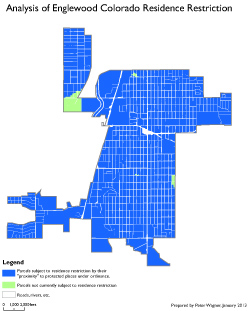Alabama seeks to curb high cost of prison and jail phone calls
Alabama Public Service Commission caps phone rates and limits fees charged for phone calls from correctional facilities.
by Aleks Kajstura, October 9, 2013
In a sweeping proposal to rein in the exorbitant costs of calls to people in jails and prisons, the Alabama Public Service Commission seeks to cap all call rates and place strict limits on fees and other charges. We are particularly happy to see this comprehensive proposal addresses fees because, as we explain in our recent report, we found that fees account for 38% of the money spent on calls from correctional facilities.
The proposed rules seek to cap calls at $0.25 per minute, and video visitation at $0.50 per minute, noting that “[a]ffordable VVS [Video Visitation Service] rates are in the best interests of Alabama inmates, their families, and the confinement facilities.” (Video visitation still accounts for only a small part of communication with family members in jail and prison, but this cap is an important component of regulation because video visitation is a quickly growing service.)
We have previously identified commissions paid to correctional facilities as a major factor in the exorbitant rates charged for phone calls in jails and prisons, and the proposed rules similarly blame commissions for the high rates and fees charged by ICS (Inmate Calling Services) companies. The Commission found that “[e]ither ICS providers are operating at a loss, or are generating revenue by means other than inmate calls, or are shielding some portion of ICS revenue from commissions.” Furthermore, the commission found that “unnecessary or excessive ICS provider fees decreases the amount [of funds] devoted for inmate calls and reduces commissionable revenue.” To put it simply, high fees hurt incarcerated people as well as jails.
Continue reading →





